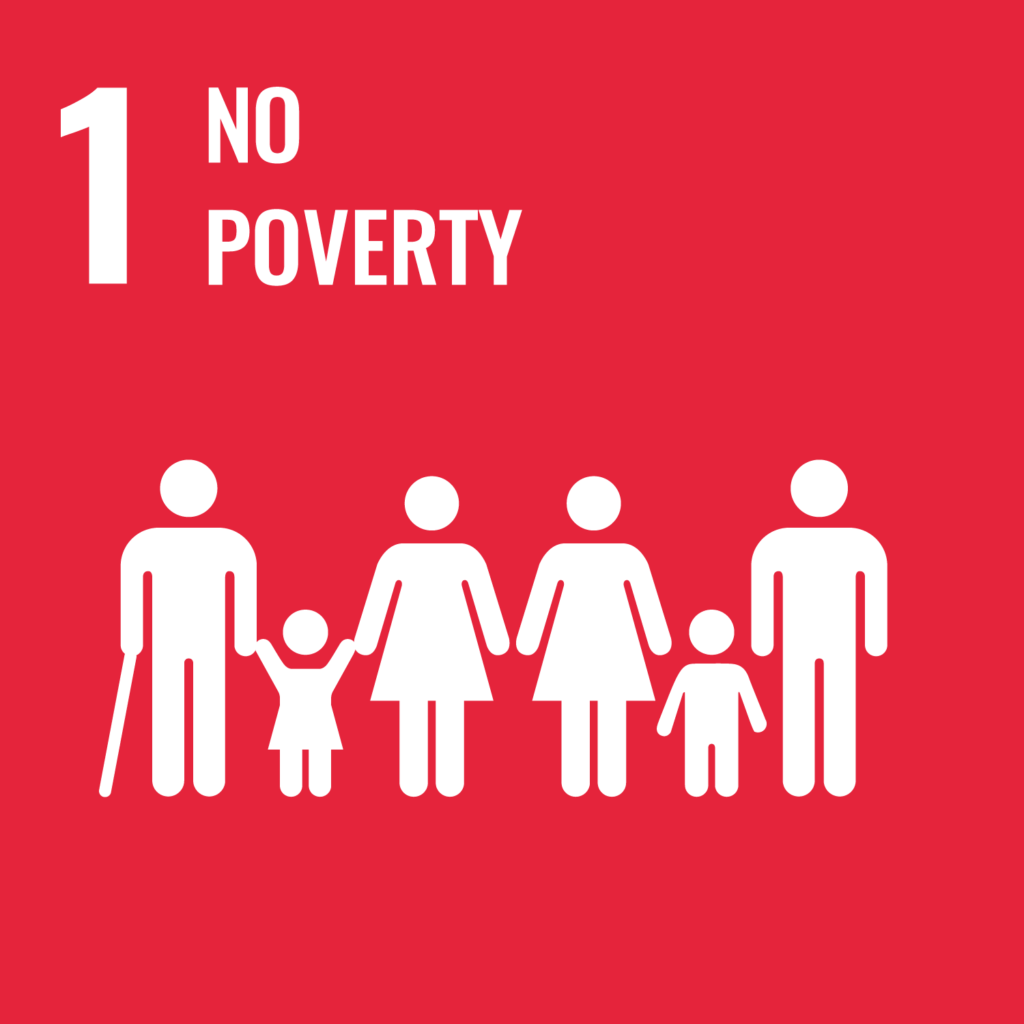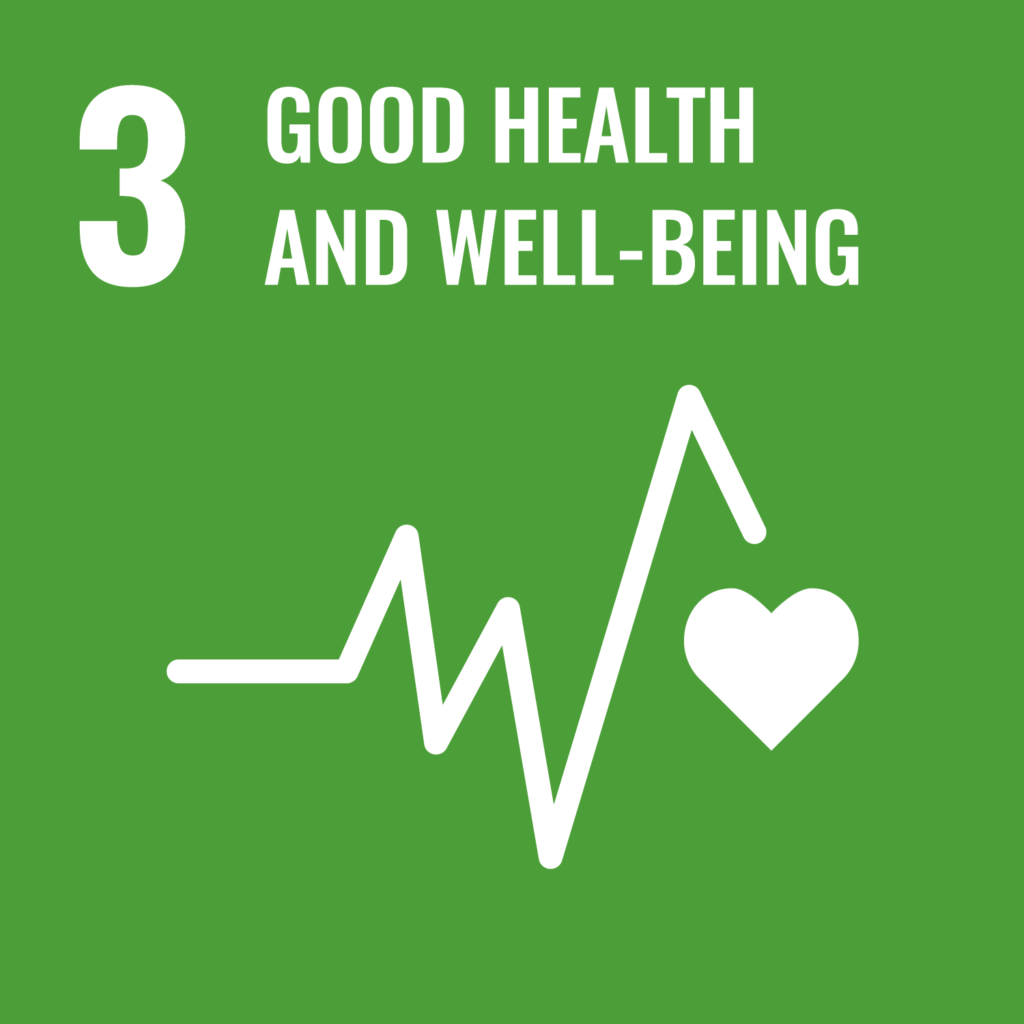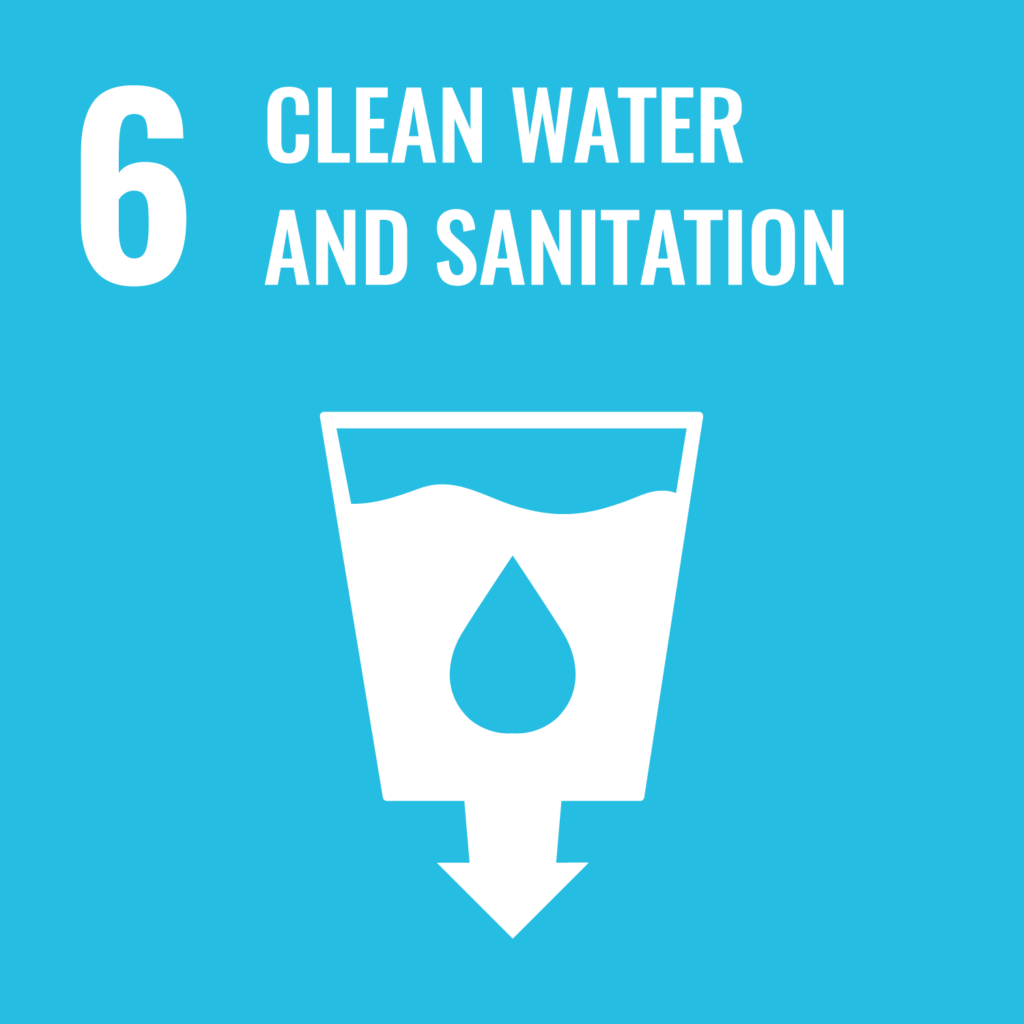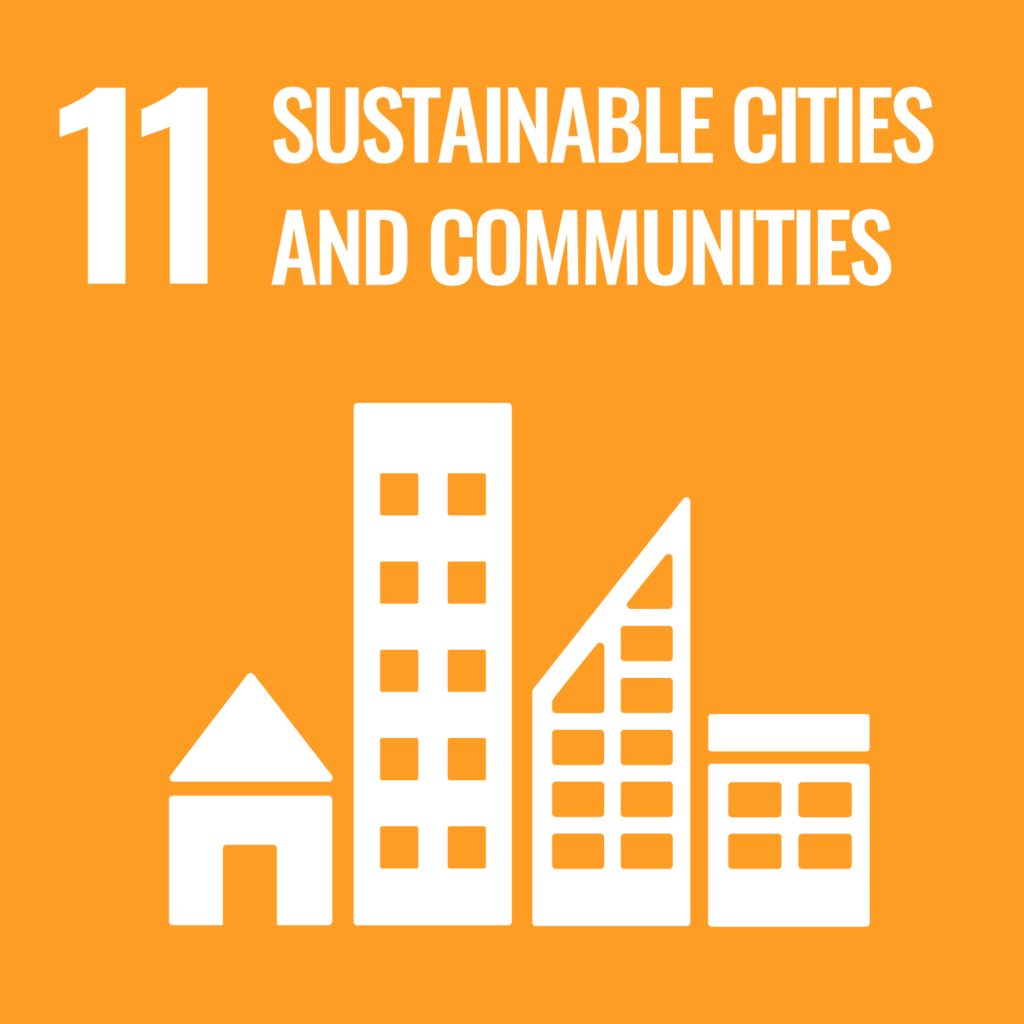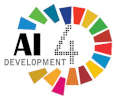BACKGROUND
An estimated 26% of the world’s urban population now resides in slums, which provide the ideal conditions for the spread of communicable diseases, such as Pulmonary dieases, Cholera, Influenza, Measles and others. Consequently, such slums serve both as incubators and reservoirs for potential outbreaks.
Mumbai (including Greater Mumbai & Thane) is called the Slum Capital of India with 26.3% of its population of Mumbai are living in slums with poor & unhygienic conditions. Most of the dwellers are migrant workers, marginalised & backward communities.
Some of the key development challenges in slums are:
1. Poor living condition;
2. Poor TB awareness, health seeking behaviors;
3. Health system disconnect to reach slum dwellers;
4. Lack of involvement of local communities in design & implementation;
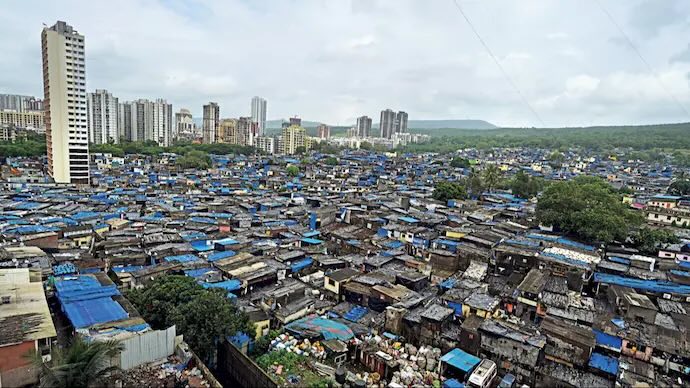
SOLUTION
ZMQ has developed a Spatio-Temporal Epidemiological Model for Prediction (STEMP) of infectious diseases outbreak in the Slums & Community. Cluster settings. STEMP Model will be built on Epidemiological; Demographic & Community based Social Networking Data sources that parameterise the development of the model. The developed model is further integrated with an Integrated Intervention Design System (IIDS) at the programmatic level with platforms for providing intervention guidelines and recommendations for active control of infectious diseases at multiple levels – community clusters, slums and congested dwellings. The models will be used to capture the patterns of disease outbreak both over long and short time horizons in local hubs – slums & community clusters and identify epicentre of outbreak for action. The triple layered STEMP Solution:
> Spatio-Temporal Epidemiological Model for Prediction for micro-level disease outbreak and control in Slums & Community Cluster levels;
> Community Level Screening and Data Collection for building data for training the AI Model for disease prediction in Slums & Clusters;
> Integrated Intervention Designer System for Action and intervention Recommendation.
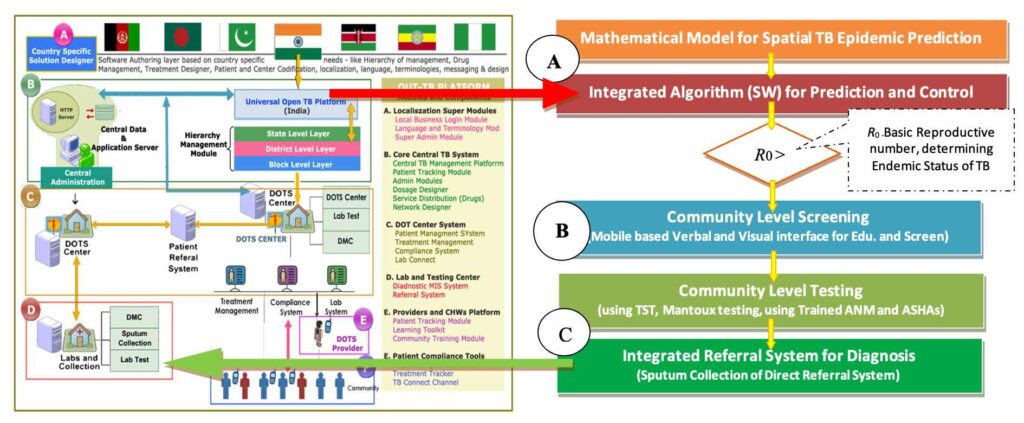
The system will report endemic alerts by predicted hotspots zones and rate these spaces on a scale like:
Low Alert (1) where Ro>1 & Ro<=1.2; Mild Alert where Ro>1.2 & Ro<=1.3, High Alert where Ro>1.4
The system will also provide an intervention strategy for each type of Alert and the location of the spot (community cluster).

STAGE
Proposed solution is at the stage of Mapping Slum and Cluster information. The key parameters that determine the model are environmental condition, congestion patterns and type of sanitation & hygiene conditions, empirical disease data, community socio-economic parameters and networking patterns, literacy level and other data that may influence the model. The work is in progress in slums of Mumbra & Kausa in Thane, Jehangirpuri & Mongolpuri in Delhi and Amritpuri in Jaipur. The project has deployed local Transgenders to gather data on diseases, community and slum settings. Using the model we are able to predict TB Hotspots and possible sources of spreads.
SDGs IMPACTED
